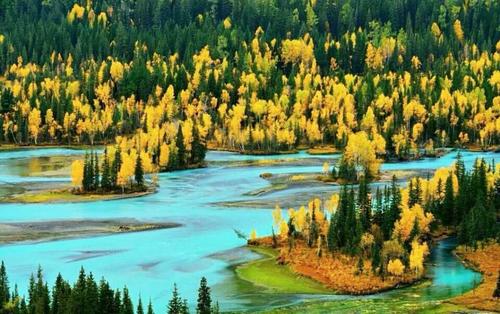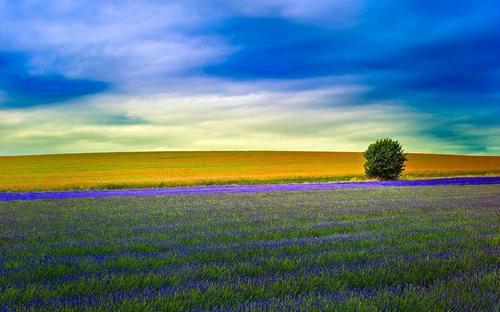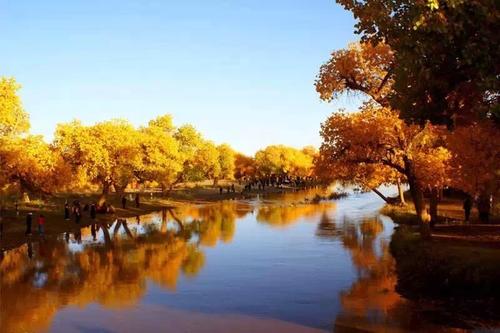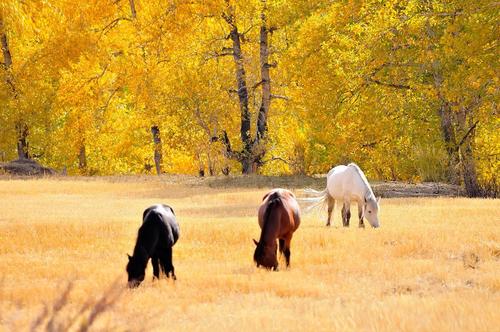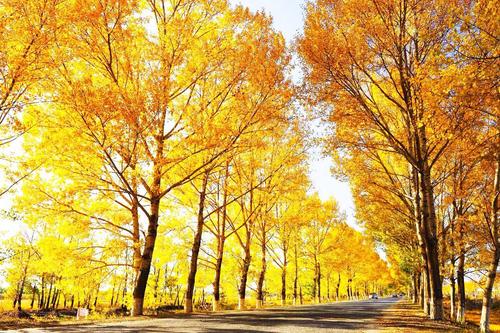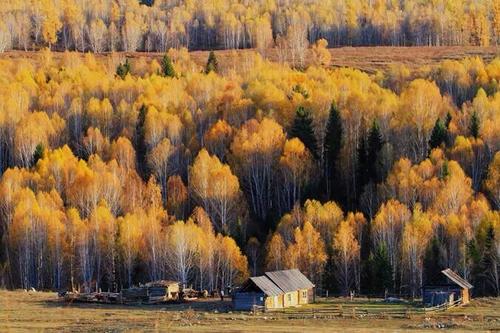Excellent China culture
As I know, Chinese culture includes Ideological culture represented by Confucian, Taoism and Leagalism, Foods and drinks culture, handwriting and drawing culture, religion culture, Gongfu Culture, Sturcture culture, Temple culture, music, drama and wearing culture and so on. Adding more related contents here including articles, pictures and media etc is appreciated.
China tour-Feeling China
The scenes and culture of China.
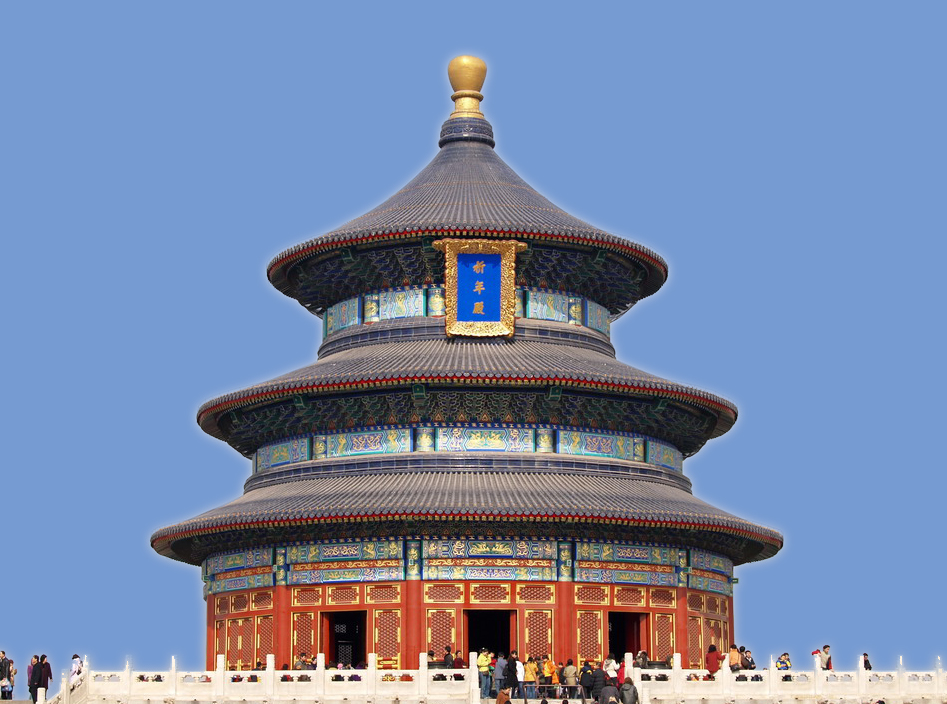
Jiu Zhai Valley in China Si chuan Province
The most beautiful water and mountain combination in the world with one step for one scene changing. It is too beautiful for one to express. (Airplane is suggested for safety.)
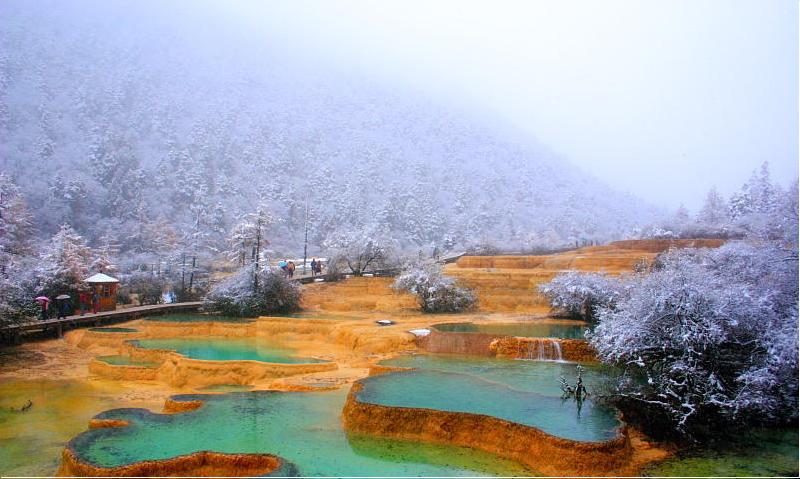
November impression
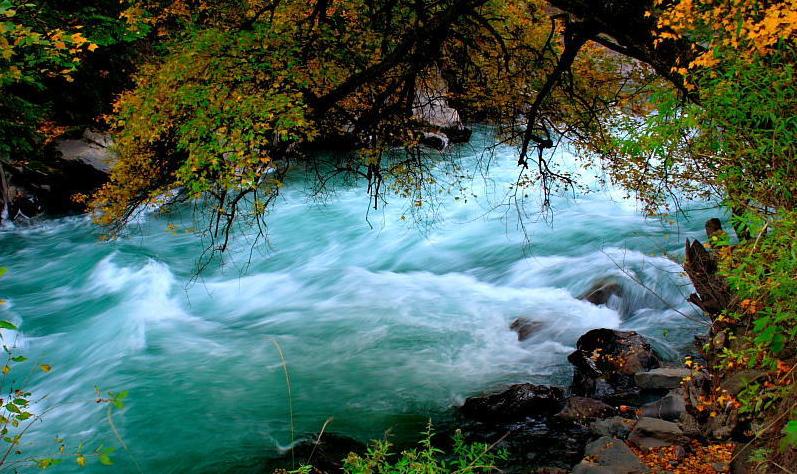
Summer impression
Place in China you should visit · 霞浦Xia Pu
霞浦 (Xia Pu),“Most beautiful beach in the world”:Colorful sea,golden beach,water waves billow gently.
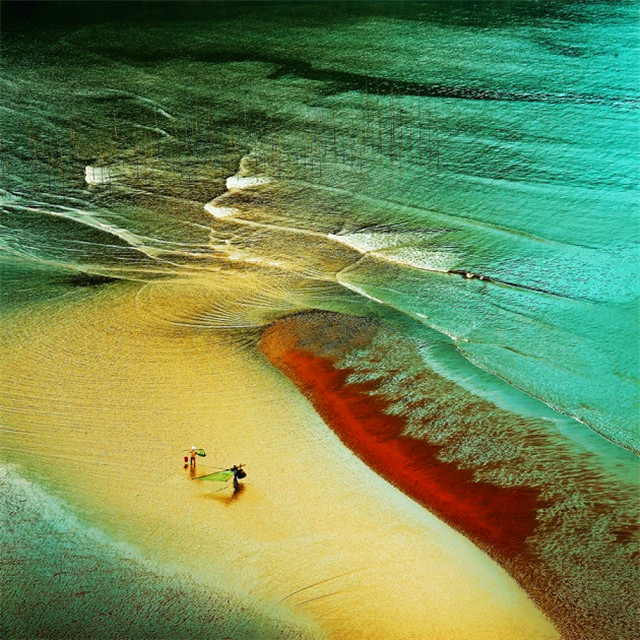
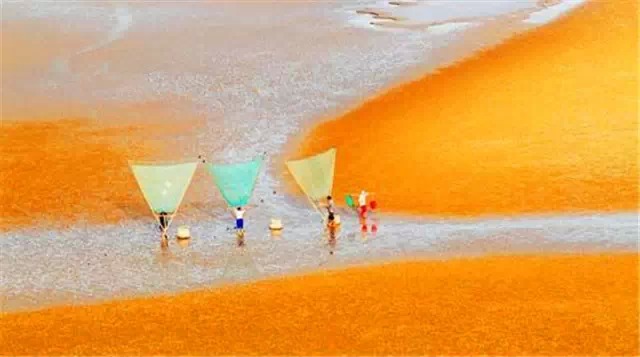
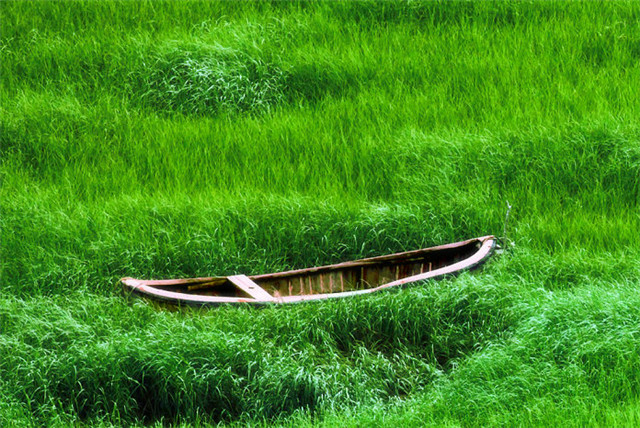
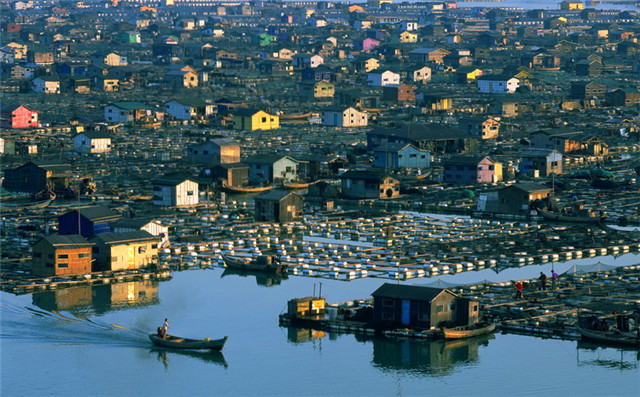
Photoes taken here are like painted pictures. Photographers form all over the worlds come here to try their luckies and skills getting the best photoes.
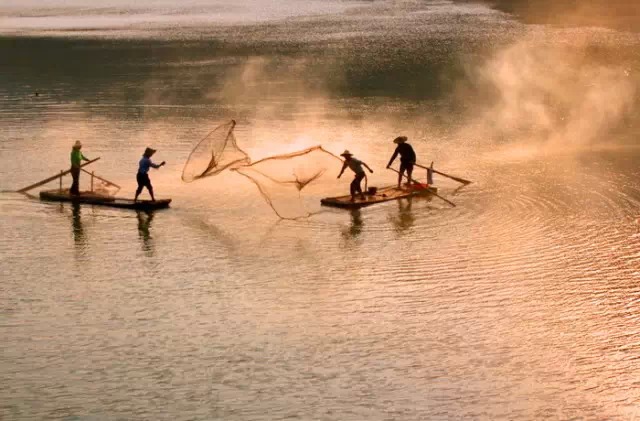
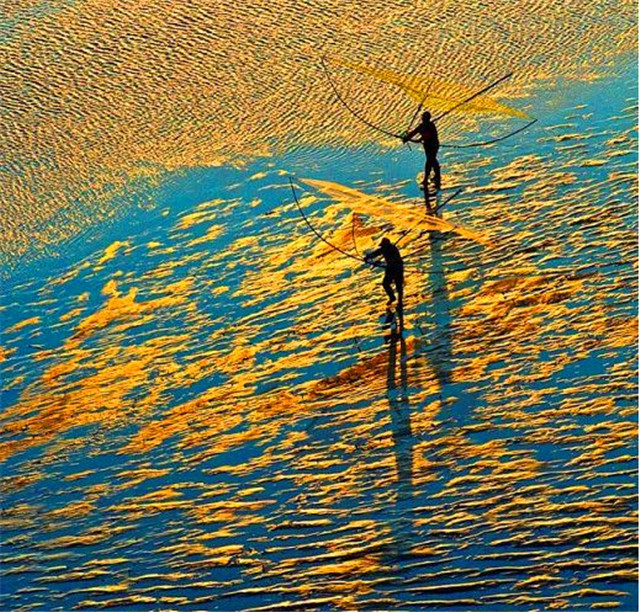


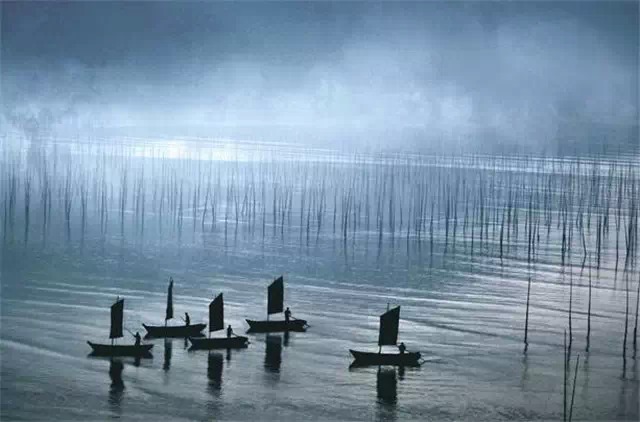
Just enjoy the following photoes without needing more languages description:

Major photo taken place:
北歧日出(Sun Rise in Bei Qi)、滩涂劳作(Beach work);小皓海滩(Xiao Hao beach);三沙东壁日落(Sunset) etc.
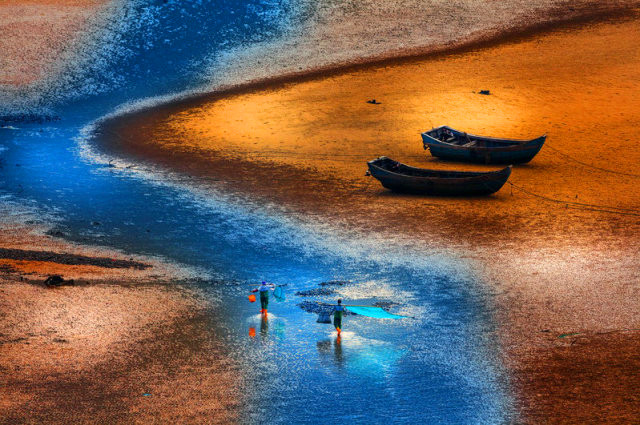
Photo places:
⑴North line:牙城 杨家溪 (Ya cheng, Yang Jiaxi)。Forest with red trees, very old trees and Bamboo rafting and the scenes along the sea shore.

⑵East line:三沙 (San Sha) 小皓 (Xiao Hao),东壁 (Dong Bi),金沙 (Jin Sha)。Fish boat in Xiao Hao for sunset lights and shadows.

⑶South line:Can take the photoes of sun rise, beach and country village life etc.
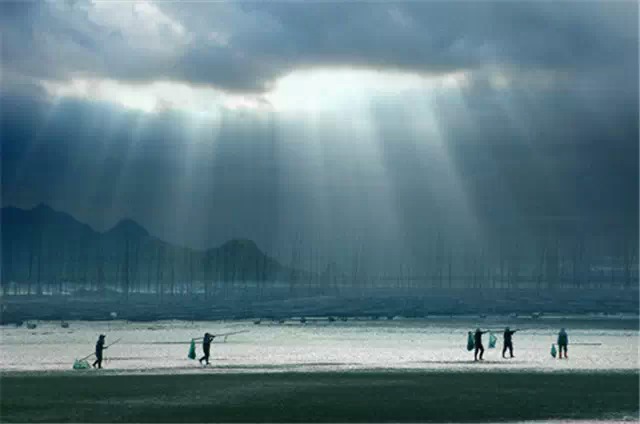
⑷West line:Old villages and cultures.
⑸Middle line:Beach for sun rise or set.
Photoes in different seasons:
JAN-FEB | It is cold here. Picking little razor clam can be pictured.
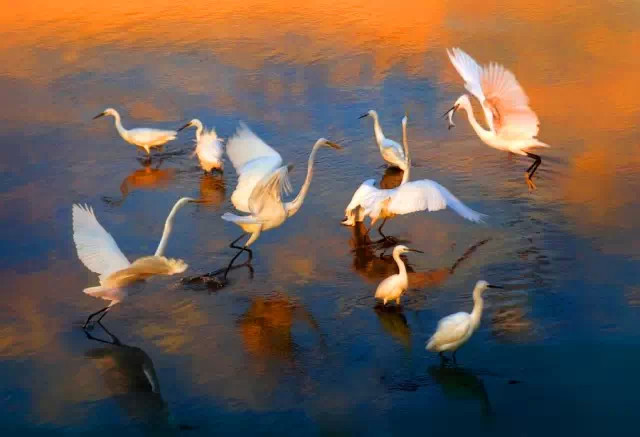
MAR-APR | Fishing and picking little oysters and fishes at the sea can be shot. Banyan trees in Yang Jiaxi(杨家溪) are beautiful.
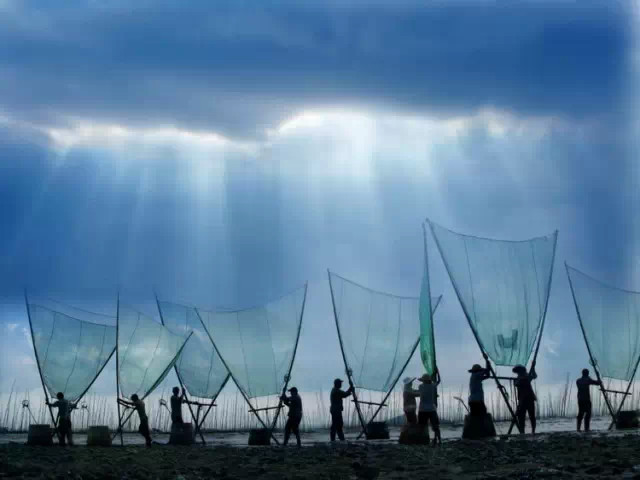
MAR-JUN | Richest scenes you can shoot. Fishing in the sea. Kelp harvest. Egret birds.
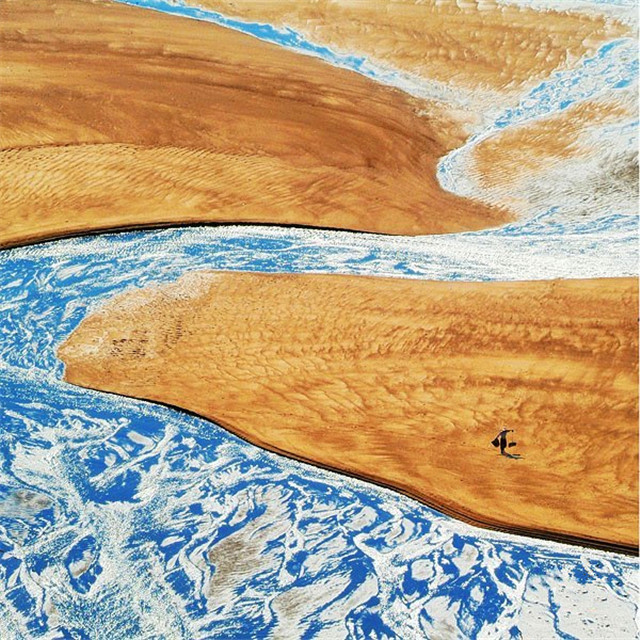
JUL - SEP | Frequent Typhoon. Very cool season. You can shot sky lights and cloud shadow.

OCT - DEC | Purple agar harvest, maple leaves etc.
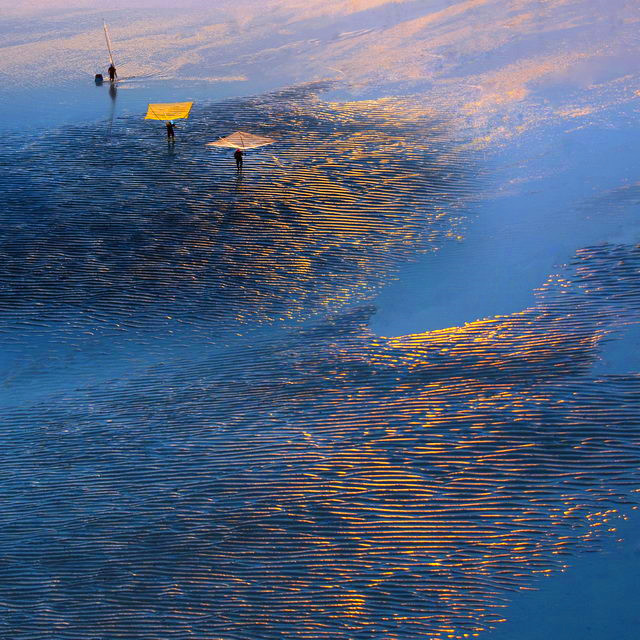
Besides, more little seas are here.
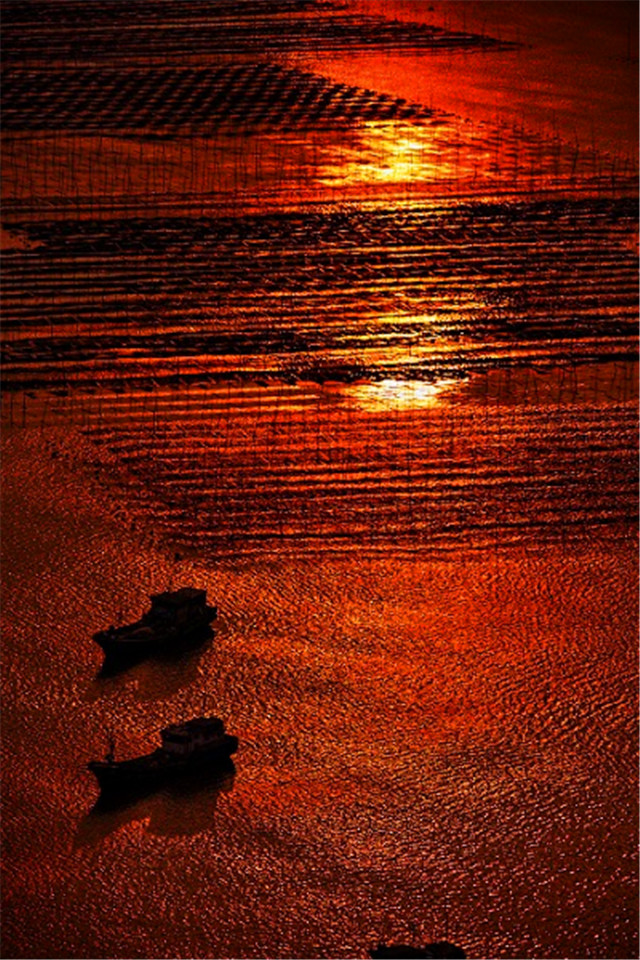
Season characteristics:
Spring | A lot of gentle rain with fogs surrounding flowers and old trees.

Summer | Frequent Typhoons bring all kinds of clouds making sunshine more beautiful.
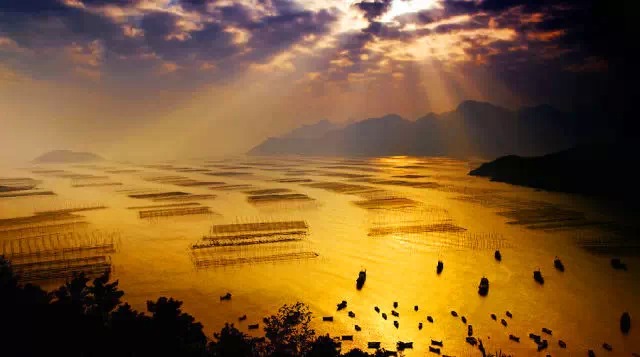
Autumn | Golden and mature season.
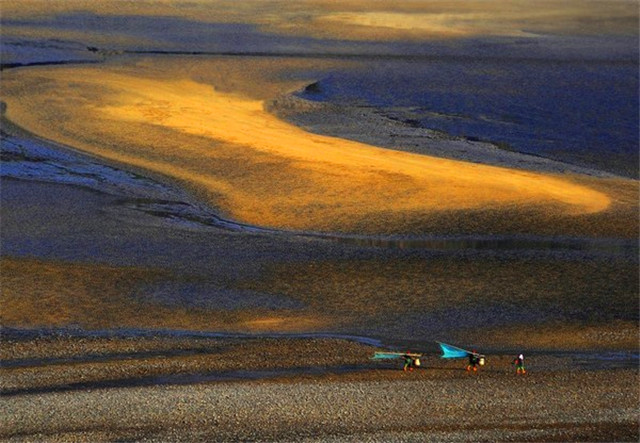
Winter | Good for taking photoes of sun rise or set. A little bit cold without freezing.
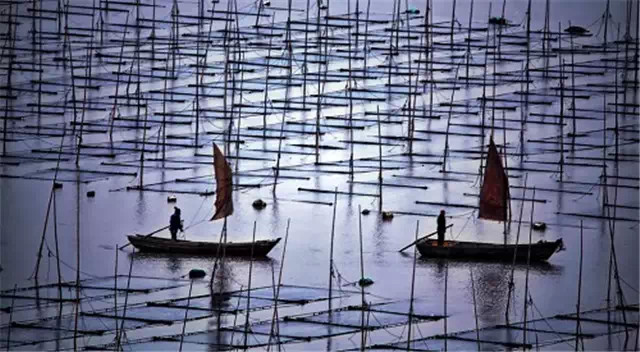
Photoes for your enjoyments
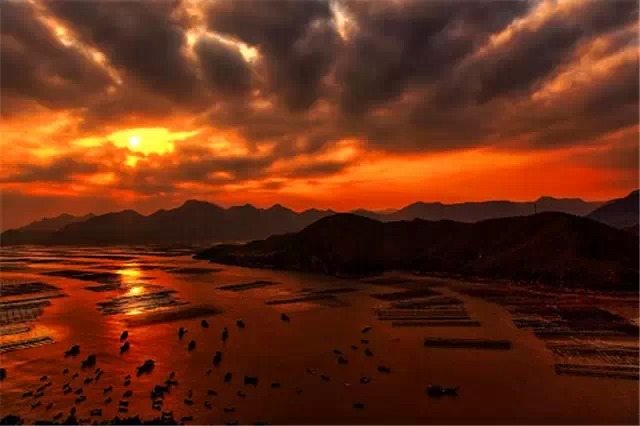
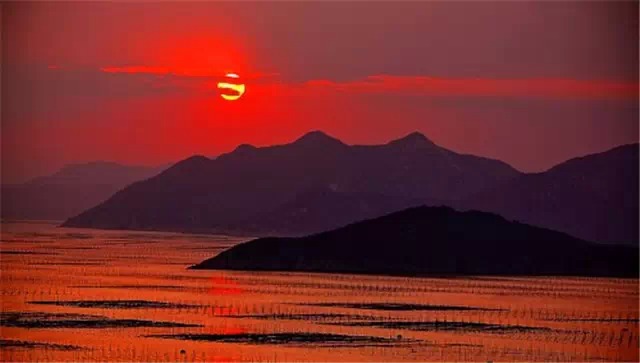
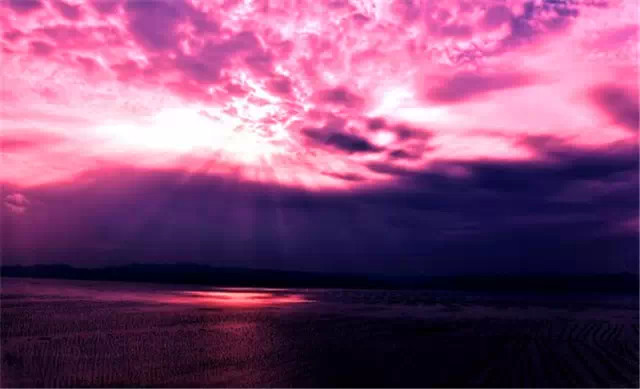
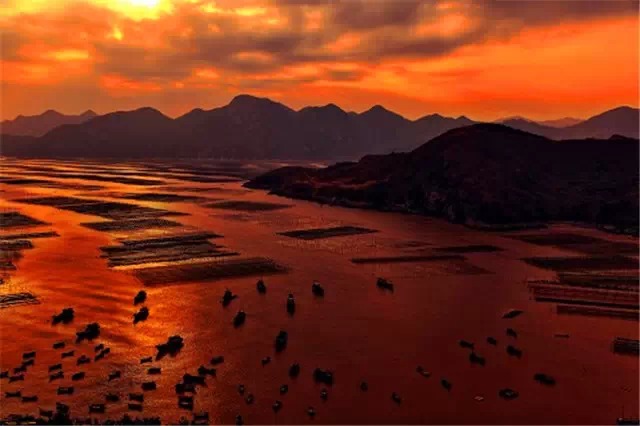

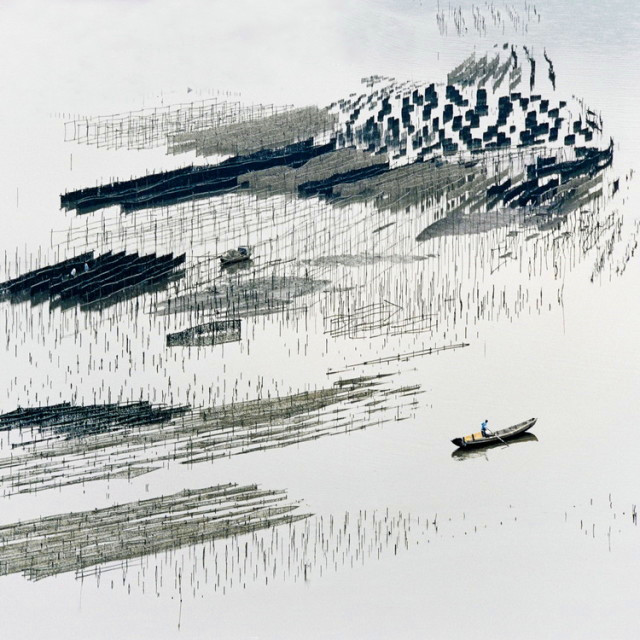
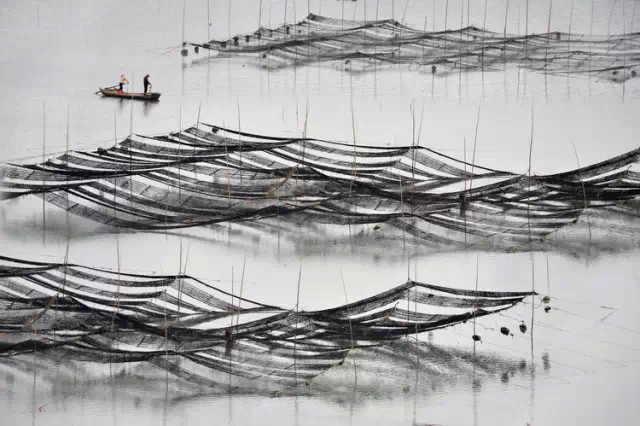
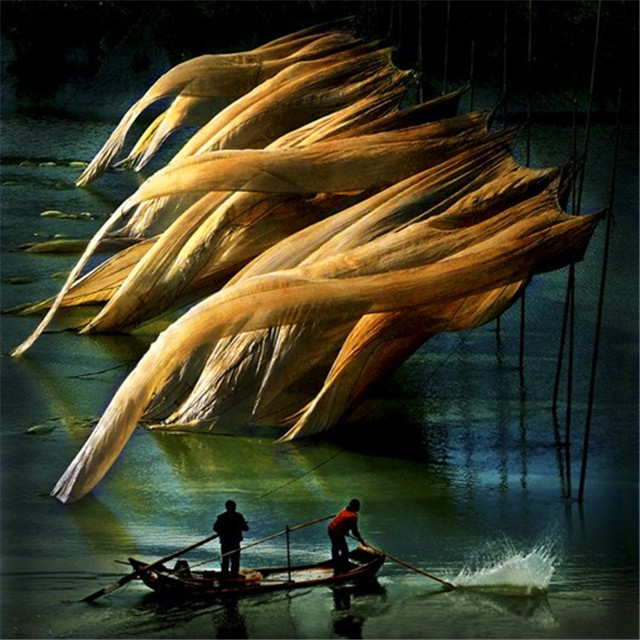
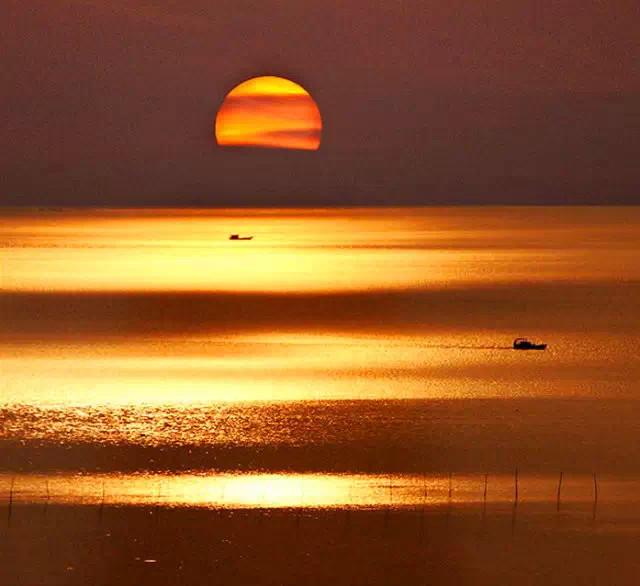
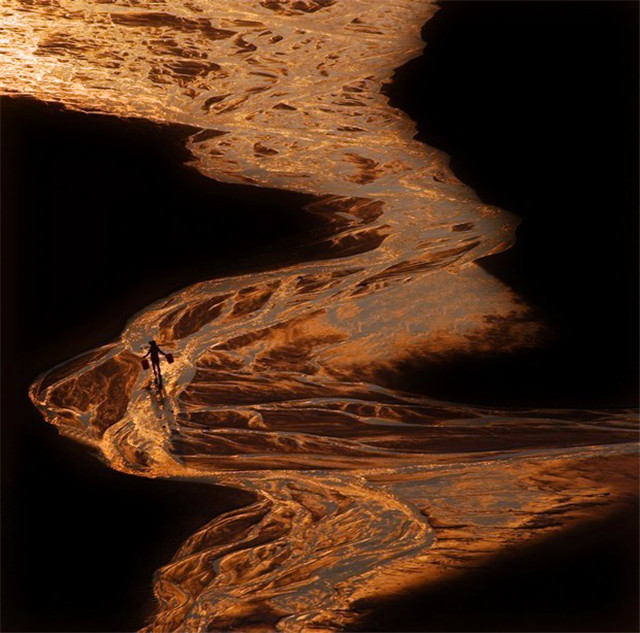
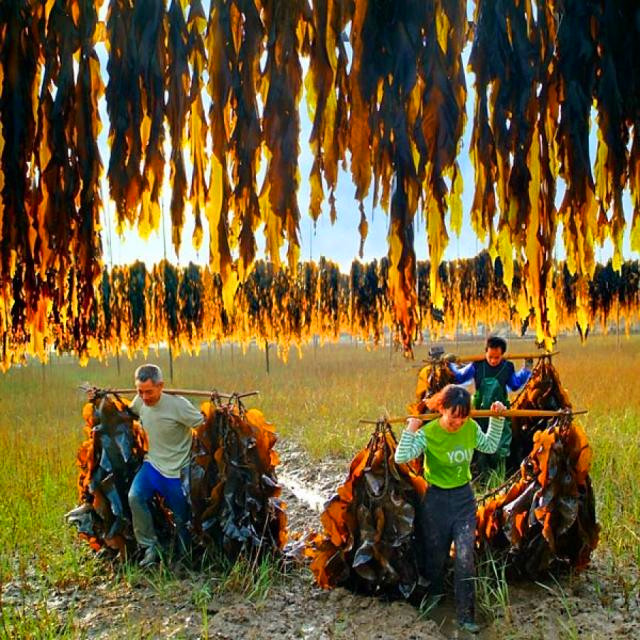
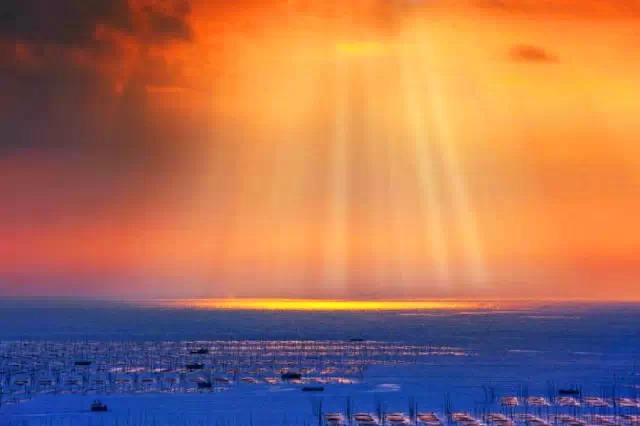
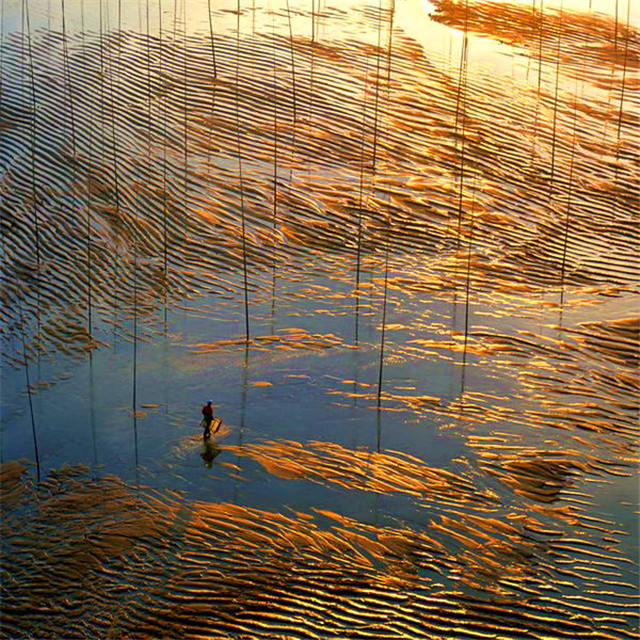
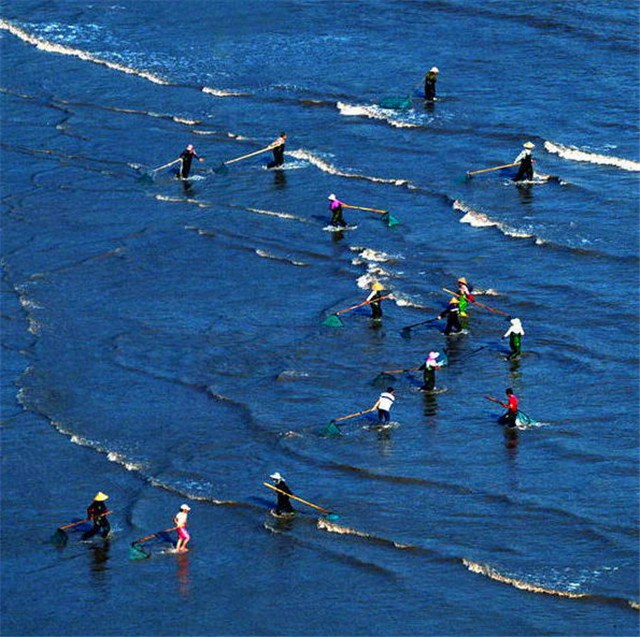
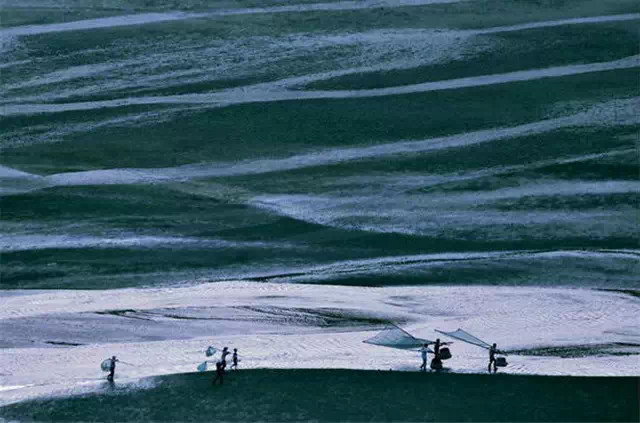

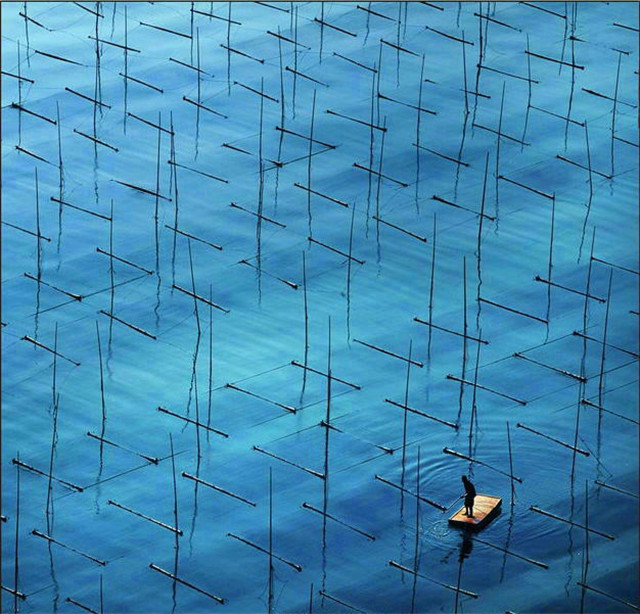

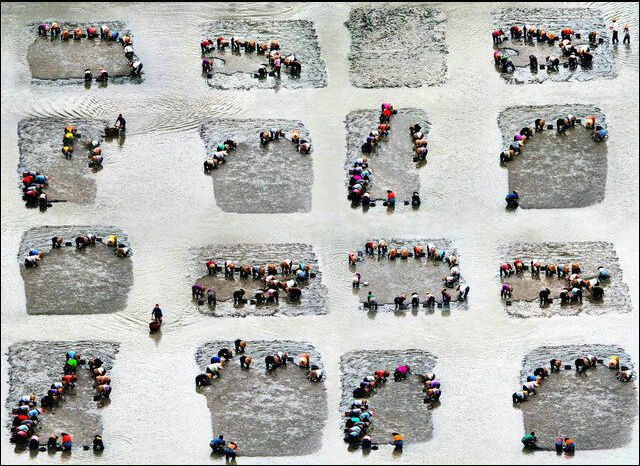
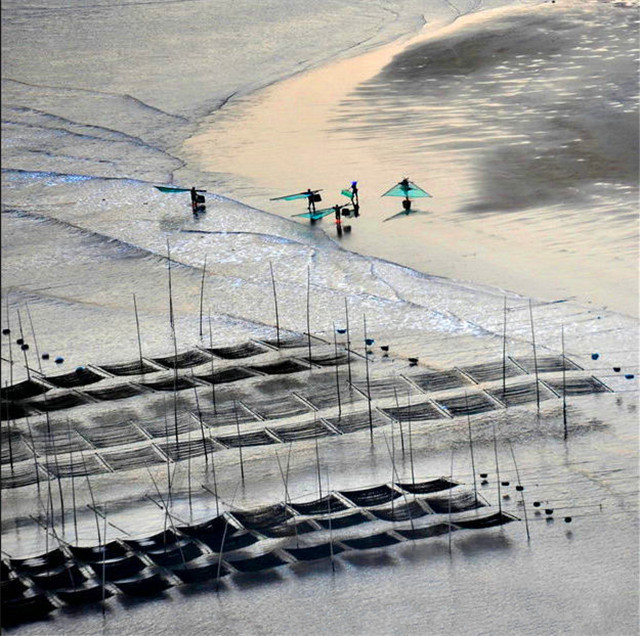
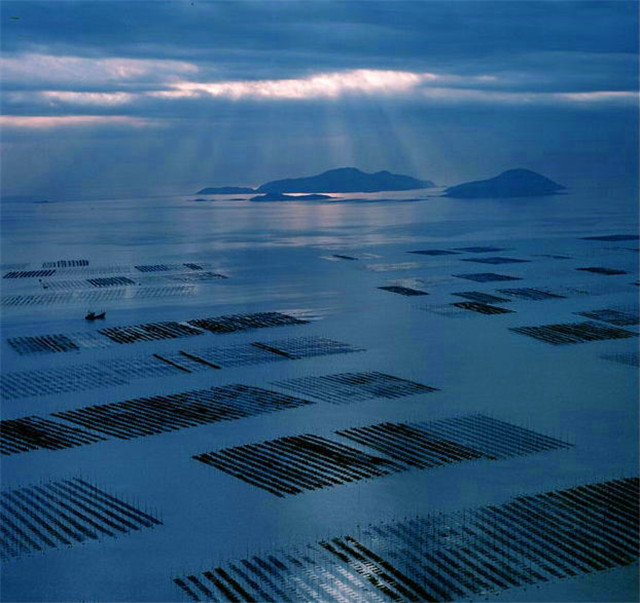
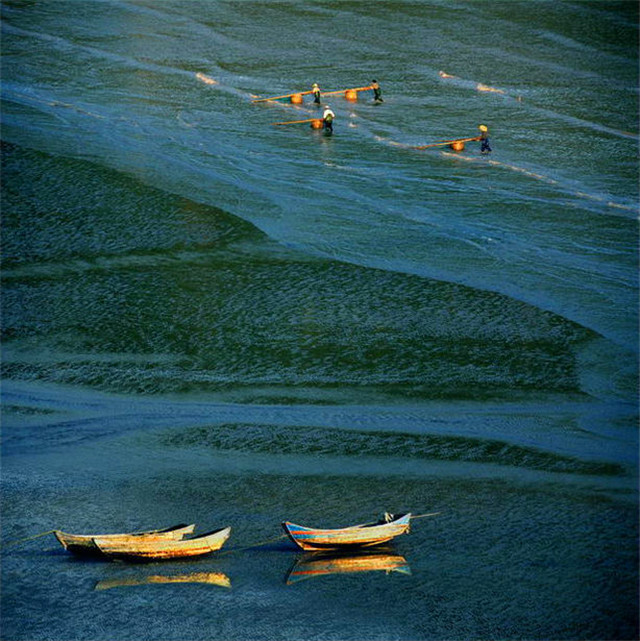
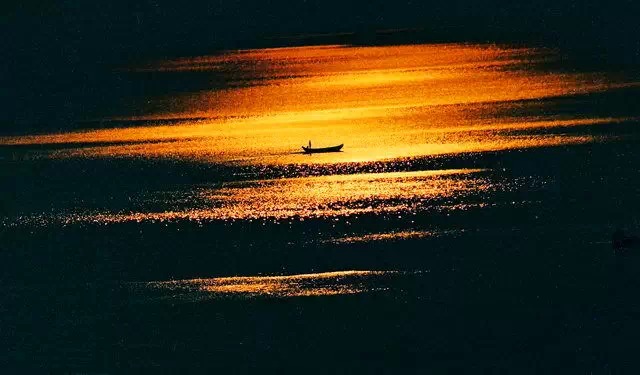
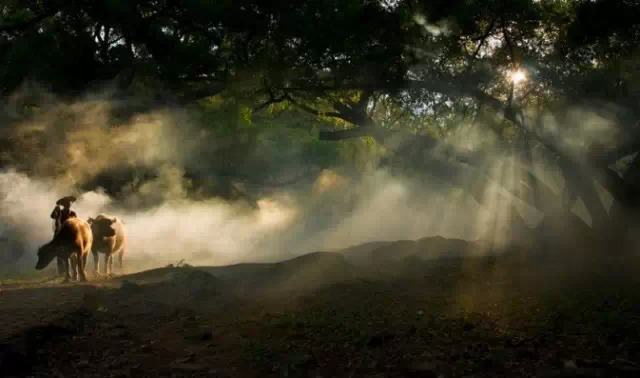

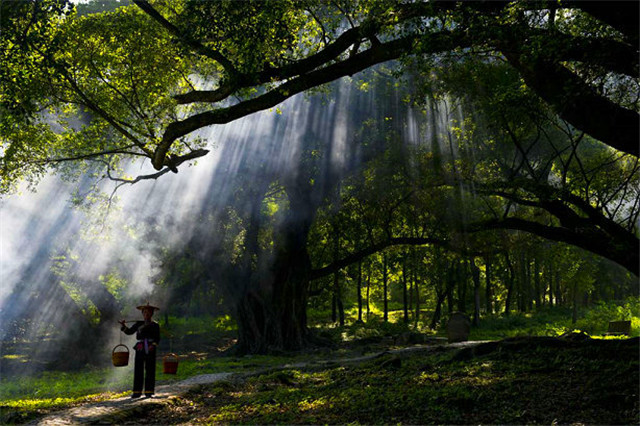
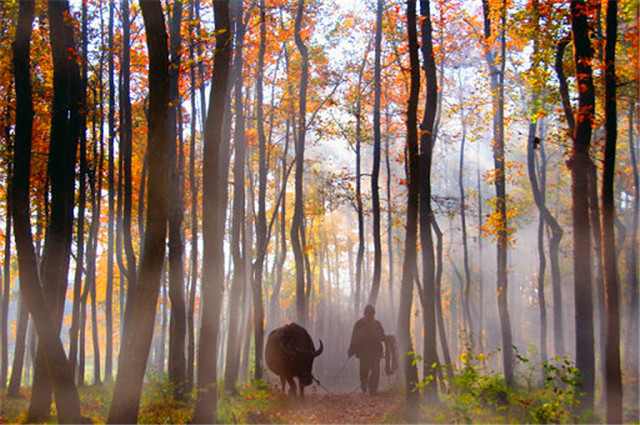
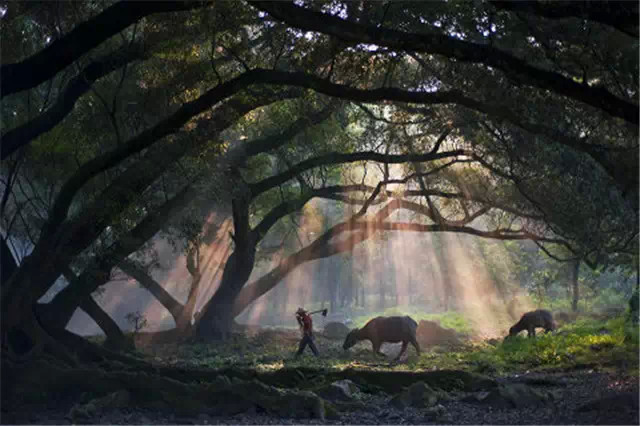

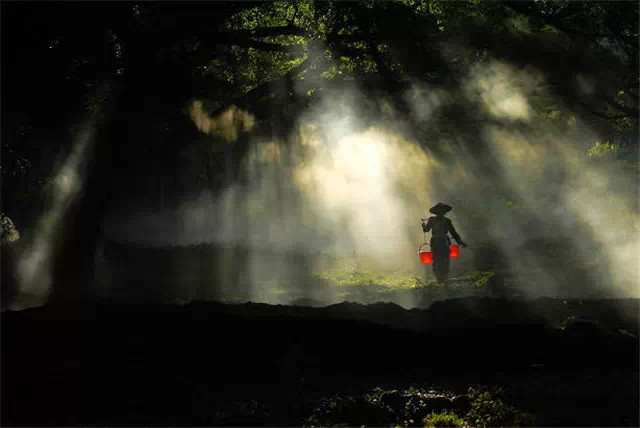
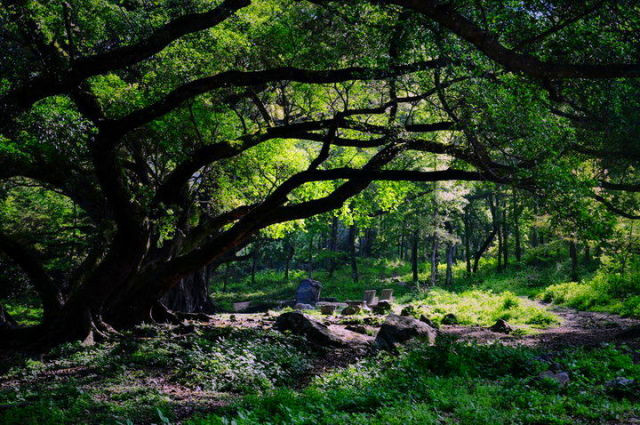
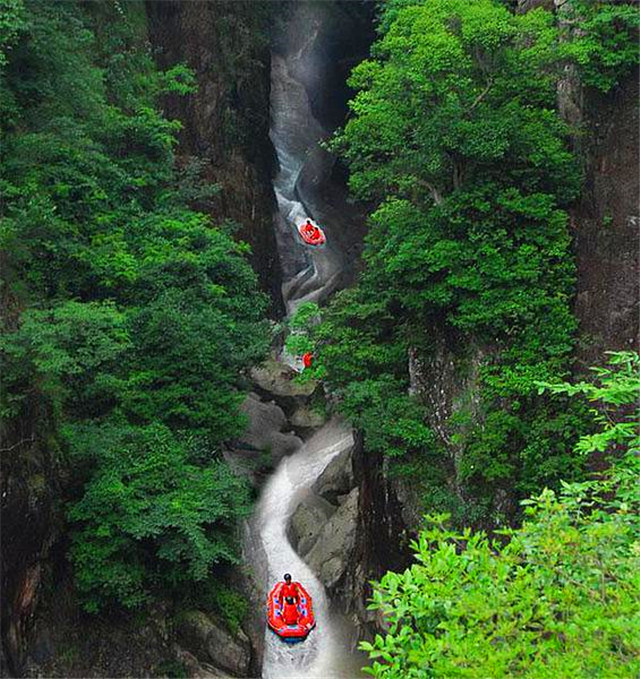
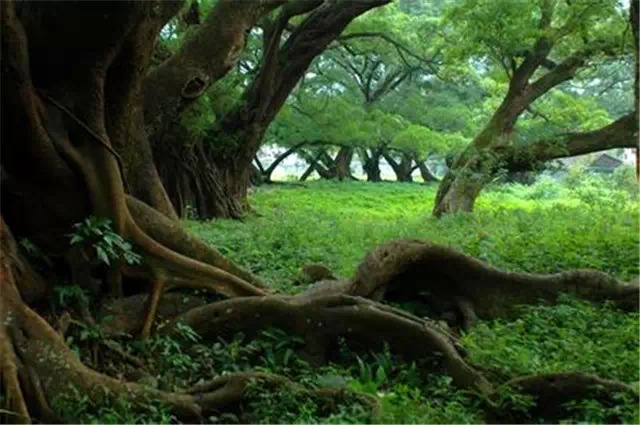
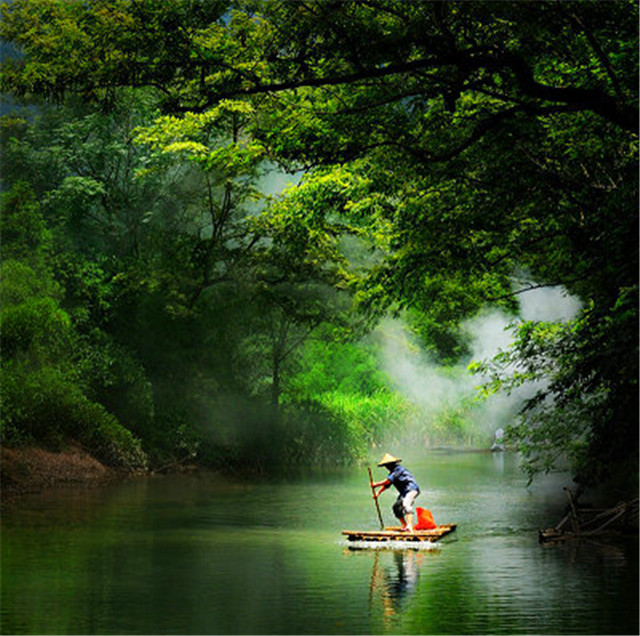
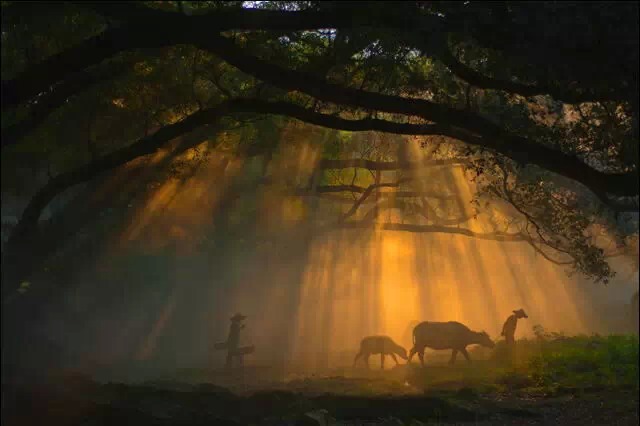
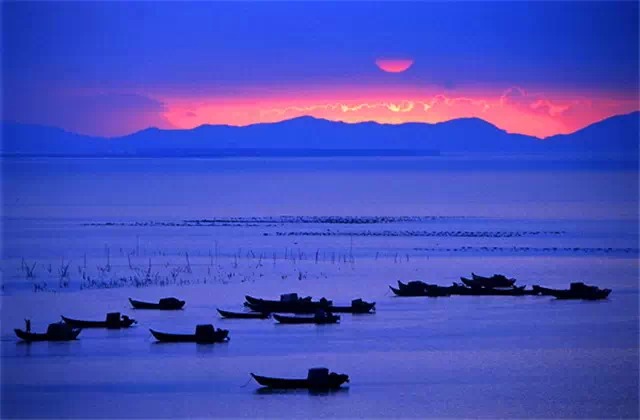
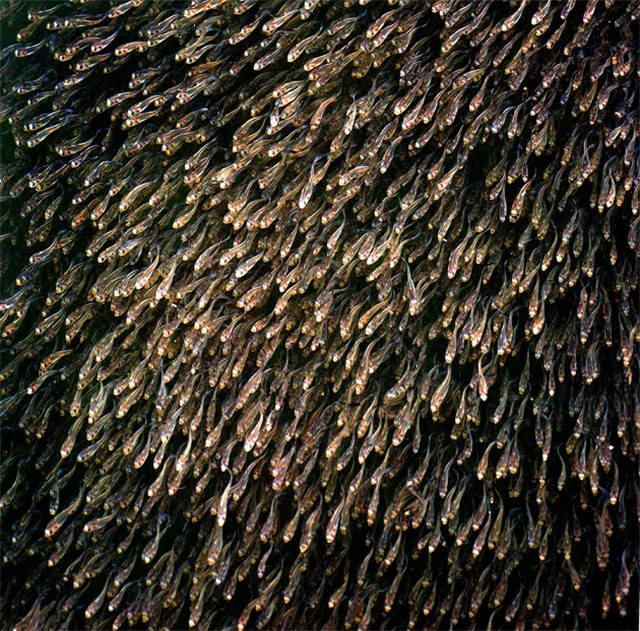
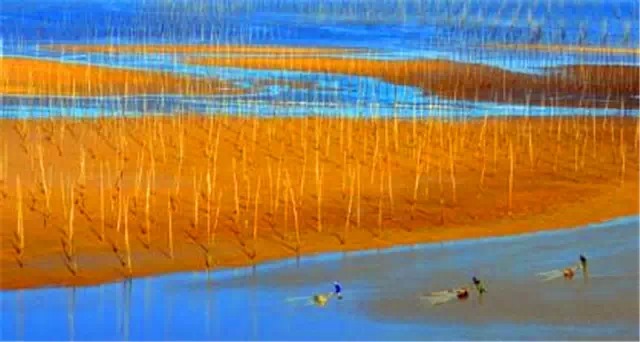
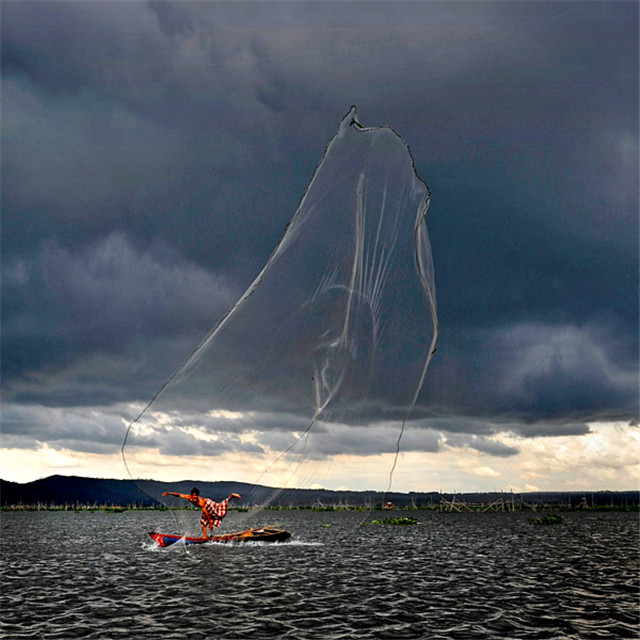
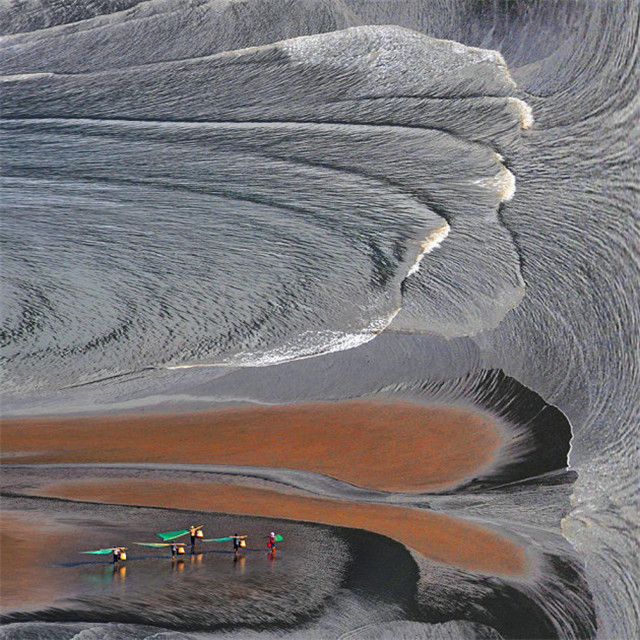

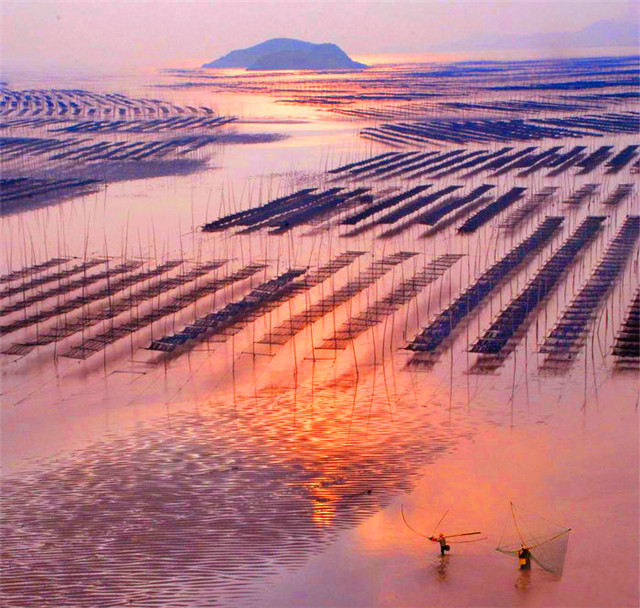
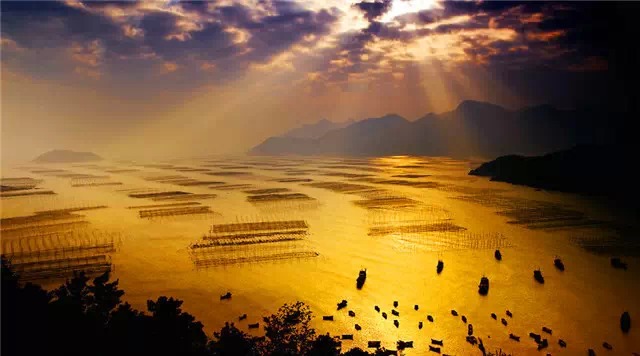
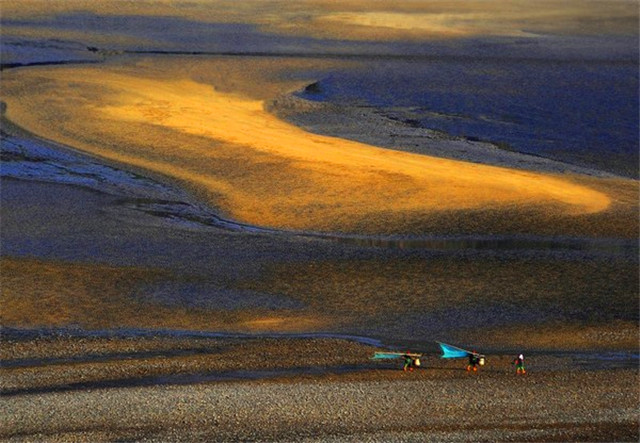

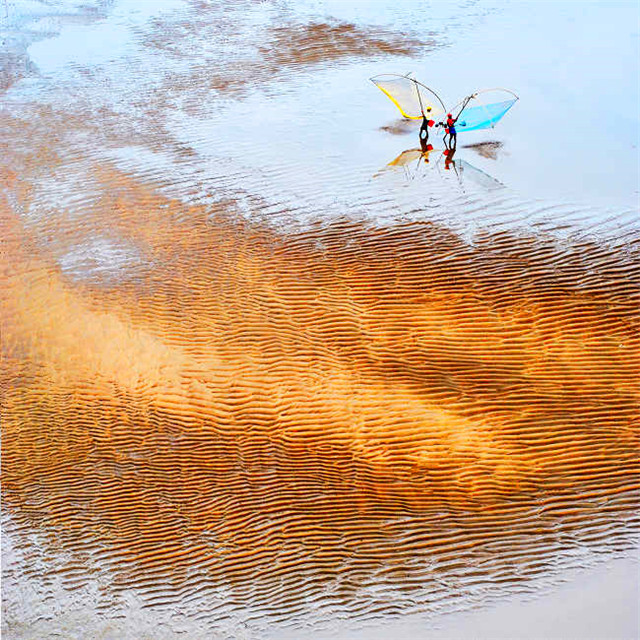
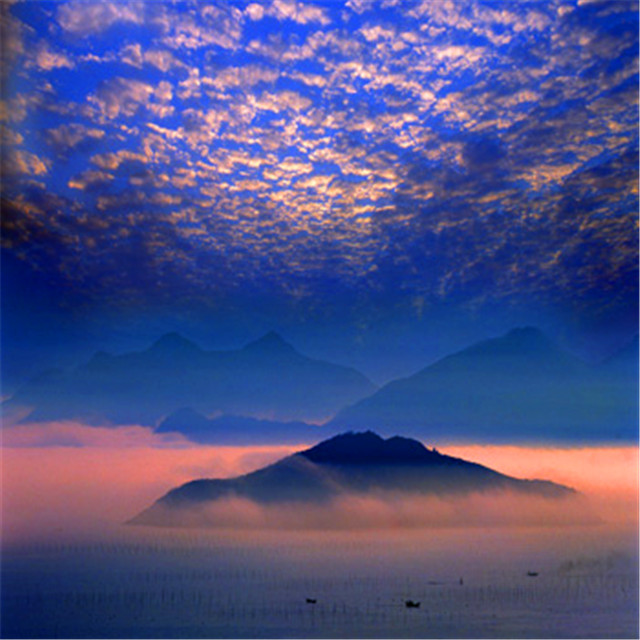
Secret Buddha light and golden temple appears above EMei Mountain located in Sichan province of China
Secret Buddha light and golden temple appears above EMei Mountain located in Sichan province of China. On the 20th of October, 2012, Rain was forcast locally. Climb step by step and cross in the heavy fog. When we arrived at altitude 2800 meters, the sun appears. Continued to 3000 metres altitude, clouds sea was observed. Suddenly, secret buddha light appears far away. And the golden temple apears and disappears above our head in fog.
Secret golden temple in Emei mountain
EMei moutain,secret golden temple appears in fog and disappered again.
Chinese painting
Chinese painting is one of the oldest continuous artistic traditions in the world. The earliest paintings were not representational but ornamental; they consisted of patterns or designs rather than pictures. Early pottery was painted with spirals, zigzags, dots, or animals. It was only during the Warring States Period (475-221 BC) that artists began to represent the world around them.
Painting in the traditional style is known today in Chinese as guó huà (国画), meaning 'national' or 'native painting', as opposed to Western styles of art which became popular in China in the 20th century. Traditional painting involves essentially the same techniques as calligraphy and is done with a brush dipped in black or colored ink; oils are not used. As with calligraphy, the most popular materials on which paintings are made of are paper and silk. The finished work can be mounted on scrolls, such as hanging scrolls or handscrolls. Traditional painting can also be done on album sheets, walls, lacquerware, folding screens, and other media.
The two main techniques in Chinese painting are:
- Meticulous - Gong-bi (工筆) often referred to as "court-style" painting
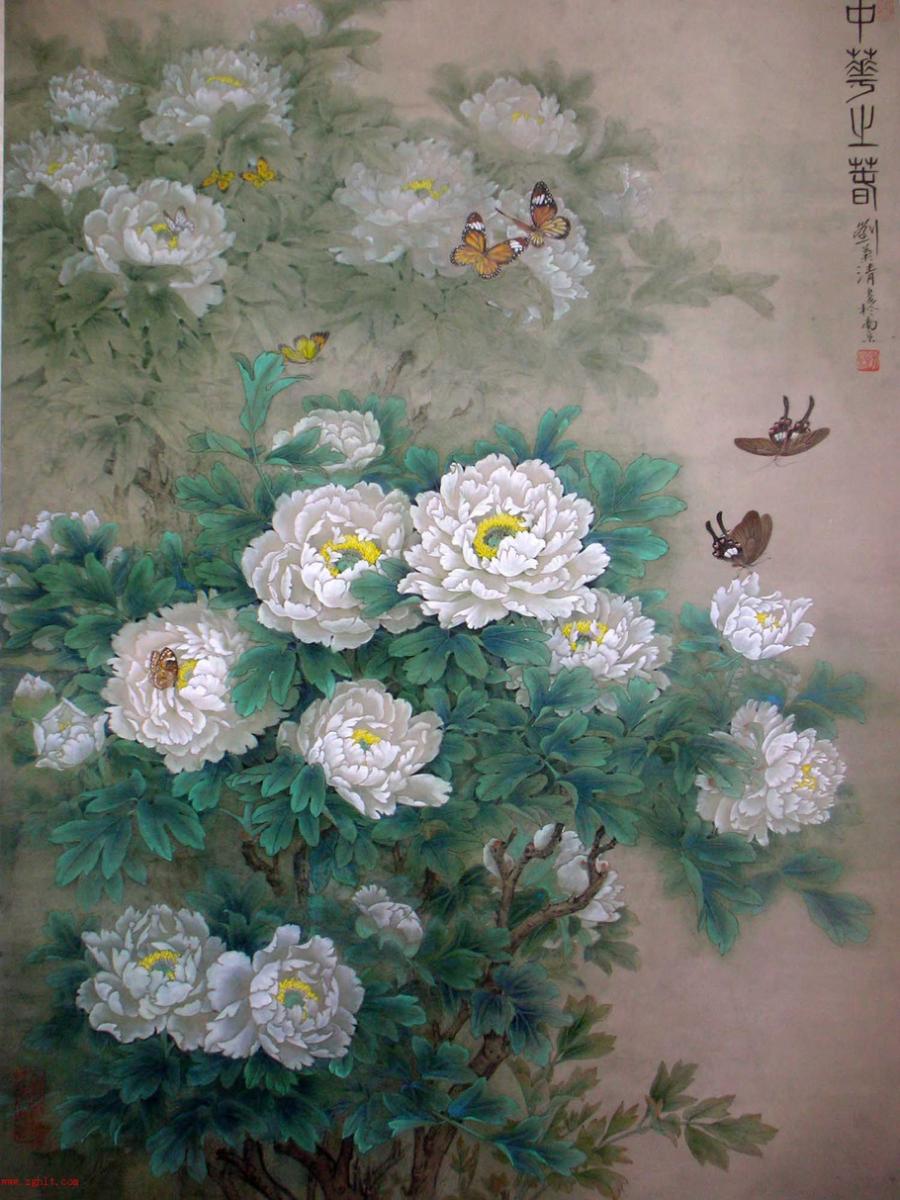
- Freehand - Shui-mo (水墨) loosely termed watercolour or brush painting. The Chinese character "mo" means ink and "shui" means water. This style is also referred to as "xie yi" (寫意) or freehand style.
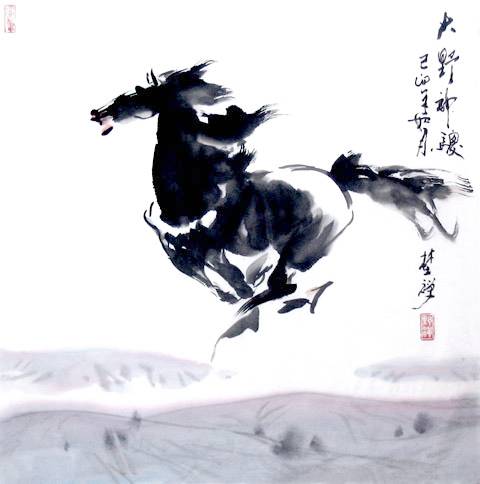
Artists from the Han (202 BC) to the Tang (618–906) dynasties mainly painted the human figure. Much of what we know of early Chinese figure painting comes from burial sites, where paintings were preserved on silk banners, lacquered objects, and tomb walls. Many early tomb paintings were meant to protect the dead or help their souls get to paradise. Others illustrated the teachings of the Chinese philosopher Confucius, or showed scenes of daily life.
Many critics consider landscape to be the highest form of Chinese painting. The time from the Five Dynasties period to the Northern Song period (907–1127) is known as the "Great age of Chinese landscape". In the north, artists such as Jing Hao, Fan Kuan, and Guo Xi painted pictures of towering mountains, using strong black lines, ink wash, and sharp, dotted brushstrokes to suggest rough stone. In the south, Dong Yuan, Juran, and other artists painted the rolling hills and rivers of their native countryside in peaceful scenes done with softer, rubbed brushwork. These two kinds of scenes and techniques became the classical styles of Chinese landscape painting.
The beauty of Chinese handwriting
Artistic Chinese handwriting
The beauty of artistic conception purifys heart, the beauty of audio sympathizes ear and the beauty of image attracts eyes which are the symbols of Chinese handwriting addressed by Luxun who was one great Chinese Literateur. We advocate contributing more Chinese handwriting here.

